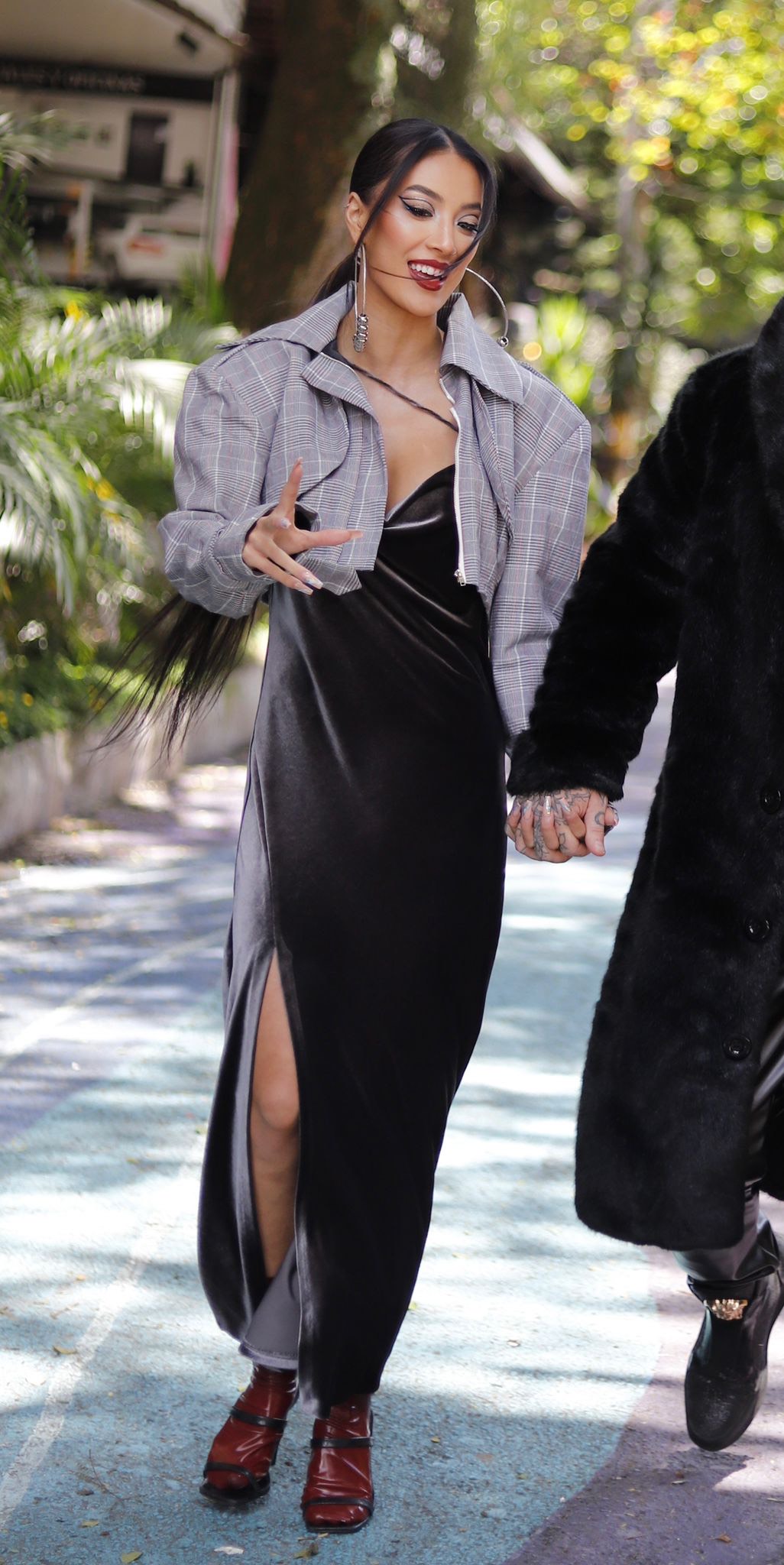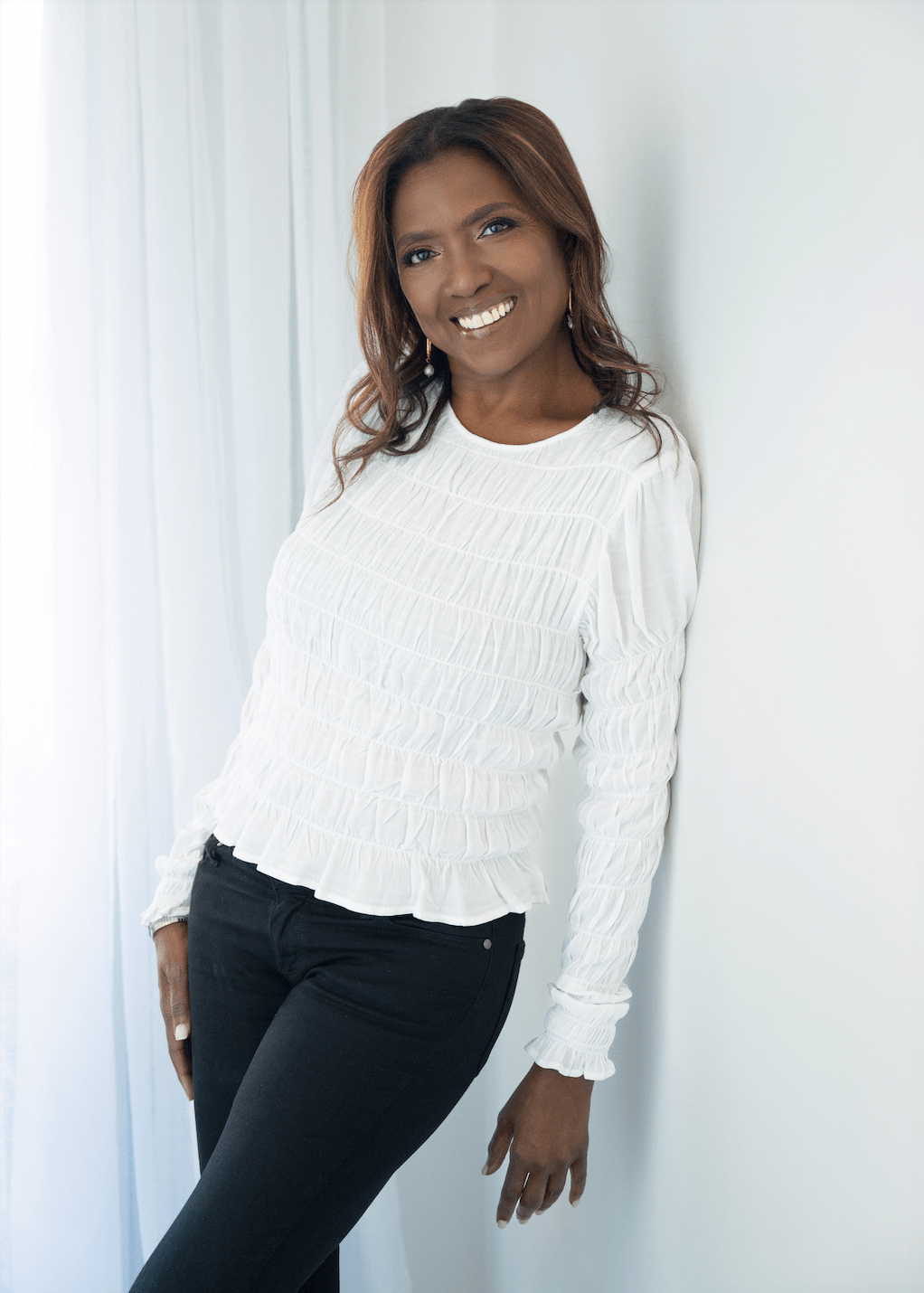Lifestyle
Here’s How Taylor Ping Transformed Hierarchy Media Into a PR And Media Powerhouse For The Elite

Since its establishment, Hierarchy Media has become one of the most reputable and successful PR and media development firms. The PR firm has a long history of helping businesses, brands, and entrepreneurs grow through strategic marketing planning and publicity.
It is safe to say that Hierarchy Media is effectively performing its primary mission, which is helping entrepreneurs and brands to achieve significant business growth. According to the firm’s CEO, Taylor Ping, Hierarchy Media has become such a successful PR company because the passion and drive to help authentic individuals and brands develop has been instilled into the company’s ethics and roots.
In turn, it has resulted in Hierarchy Media boasting of an enviable client portfolio, which includes reputable business leaders like Bryce Cleveland, the CEO of Scalpa, top social media icons like Izadi, the founder of Graffiti Mansions, to mention but a few. Therefore, there is no doubt that Taylor Ping is harnessing her exceptional digital marketing skills to create a platform for an entrepreneurial network and develop Hierarchy Media even more.
Contributions to Entrepreneurial Success Stories
Generally, most brands and entrepreneurs cannot achieve growth in this fiercely competitive business world because they lack the appropriate guidance to shape their decisions. Unfortunately, this has led to many talented brands and entrepreneurs missing out on significant business opportunities and being overshadowed by bigger brands.
The need to prevent many more entrepreneurs from missing their marks led Taylor Ping to establish Hierarchy Media. Unlike other marketing agencies who merely focus on gathering social media clouts, Taylor Ping designed Hierarchy Media to help brands build every aspect of their business.
The budding digital marketing specialist will always say that the goal is to bring out the inner icons in everyone. Taylor Ping believes that empowering these purpose-driven entrepreneurs and brands will shape them to become a driving force in any industry they venture into.
Through this, Taylor Ping uses her PR expertise and firm to help aspiring brands write their success stories.
A Platform for Business Growth
Hierarchy Media has proved to be a platform for business growth. The firm provides seamless services that make its clients achieve business growth through hassle-free experiences. For Hierarchy Media, it goes beyond creating mere social media presence or going viral, rather it involves monetizing every aspect of the brand. This is why Hierarchy Media adds other unique services like website development, company placements, graphics creation, and so on.
Taylor Ping tagged this as the “Building Block” technique. According to her, building every other aspect of the brand will create a concrete digital authority that the brand can develop from. Also, this process will help such a brand or entrepreneur to discover their mission and form a strong structure that doesn’t just capture the social media world, but also creates a unique identity for them.
Taylor Ping believes that any entrepreneur who can successfully achieve these tasks will be grounded across global digital media platforms. Therefore, Hierarchy Media has been structured to help every brand become an “empire builder” and an “industry shaker”.
To discover more about Taylor Ping, look up her website. You can also connect on social media through Facebook and Instagram.
Lifestyle
Wanda Knight on Blending Culture, Style, and Leadership Through Travel

The best lessons in leadership do not always come from a classroom or a boardroom. Sometimes they come from a crowded market in a foreign city, a train ride through unfamiliar landscapes, or a quiet conversation with someone whose life looks very different from your own.
Wanda Knight has built her career in enterprise sales and leadership for more than three decades, working with some of the world’s largest companies and guiding teams through constant change. But ask her what shaped her most, and she will point not just to her professional milestones but to the way travel has expanded her perspective. With 38 countries visited and more on the horizon, her worldview has been formed as much by her passport as by her resume.
Travel entered her life early. Her parents valued exploration, and before she began college, she had already lived in Italy. That experience, stepping into a different culture at such a young age, left a lasting impression. It showed her that the world was much bigger than the environment she grew up in and that adaptability was not just useful, it was necessary. Those early lessons of curiosity and openness would later shape the way she led in business.
Sales, at its core, is about connection. Numbers matter, but relationships determine long-term success. Wanda’s time abroad taught her how to connect across differences. Navigating unfamiliar places and adjusting to environments that operated on different expectations gave her the patience and awareness to understand people first, and business second. That approach carried over into leadership, where she built a reputation for giving her teams the space to take ownership while standing firmly behind them when it mattered most.
The link between travel and leadership becomes even clearer in moments of challenge. Unfamiliar settings require flexibility, quick decision-making, and the ability to stay calm under pressure. The same skills are critical in enterprise sales, where strategies shift quickly and no deal is ever guaranteed. Knight learned that success comes from being willing to step into the unknown, whether that means exploring a new country or taking on a leadership role she had not originally planned to pursue.
Her travels have also influenced her eye for style and her creative pursuits. Fashion, for Wanda, is more than clothing; it is a reflection of culture, history, and identity. Experiencing how different communities express themselves, from the craftsmanship of Italian textiles to the energy of street style in cities around the world, has deepened her appreciation for aesthetics as a form of storytelling. Rather than keeping her professional and personal worlds separate, she has learned to blend them, carrying the discipline and strategy of her sales career into her creative interests and vice versa.
None of this has been about starting over. It has been about adding layers, expanding her perspective without erasing the experiences that came before. Wanda’s story is not one of leaving a career behind but of integrating all the parts of who she is: a leader shaped by high-stakes business, a traveler shaped by global culture, and a creative voice learning to merge both worlds.
What stands out most is how she continues to approach both leadership and life with the same curiosity that first took her beyond her comfort zone. Each new country is an opportunity to learn, just as each new role has been a chance to grow. For those looking at her path, the lesson is clear: leadership is not about staying in one lane; it is about collecting experiences that teach you how to see, how to adapt, and how to connect.
As she looks to the future, Wanda Knight’s compass still points outward. She will keep adding stamps to her passport, finding inspiration in new cultures, and carrying those insights back into the rooms where strategy is shaped and decisions are made. Her legacy will not be measured only by deals closed or positions held but by the perspective she brought, and the way she showed that leading with a global view can change the story for everyone around you.
-

 Tech5 years ago
Tech5 years agoEffuel Reviews (2021) – Effuel ECO OBD2 Saves Fuel, and Reduce Gas Cost? Effuel Customer Reviews
-

 Tech6 years ago
Tech6 years agoBosch Power Tools India Launches ‘Cordless Matlab Bosch’ Campaign to Demonstrate the Power of Cordless
-

 Lifestyle6 years ago
Lifestyle6 years agoCatholic Cases App brings Church’s Moral Teachings to Androids and iPhones
-

 Lifestyle5 years ago
Lifestyle5 years agoEast Side Hype x Billionaire Boys Club. Hottest New Streetwear Releases in Utah.
-

 Tech7 years ago
Tech7 years agoCloud Buyers & Investors to Profit in the Future
-

 Lifestyle5 years ago
Lifestyle5 years agoThe Midas of Cosmetic Dermatology: Dr. Simon Ourian
-

 Health7 years ago
Health7 years agoCBDistillery Review: Is it a scam?
-

 Entertainment6 years ago
Entertainment6 years agoAvengers Endgame now Available on 123Movies for Download & Streaming for Free
